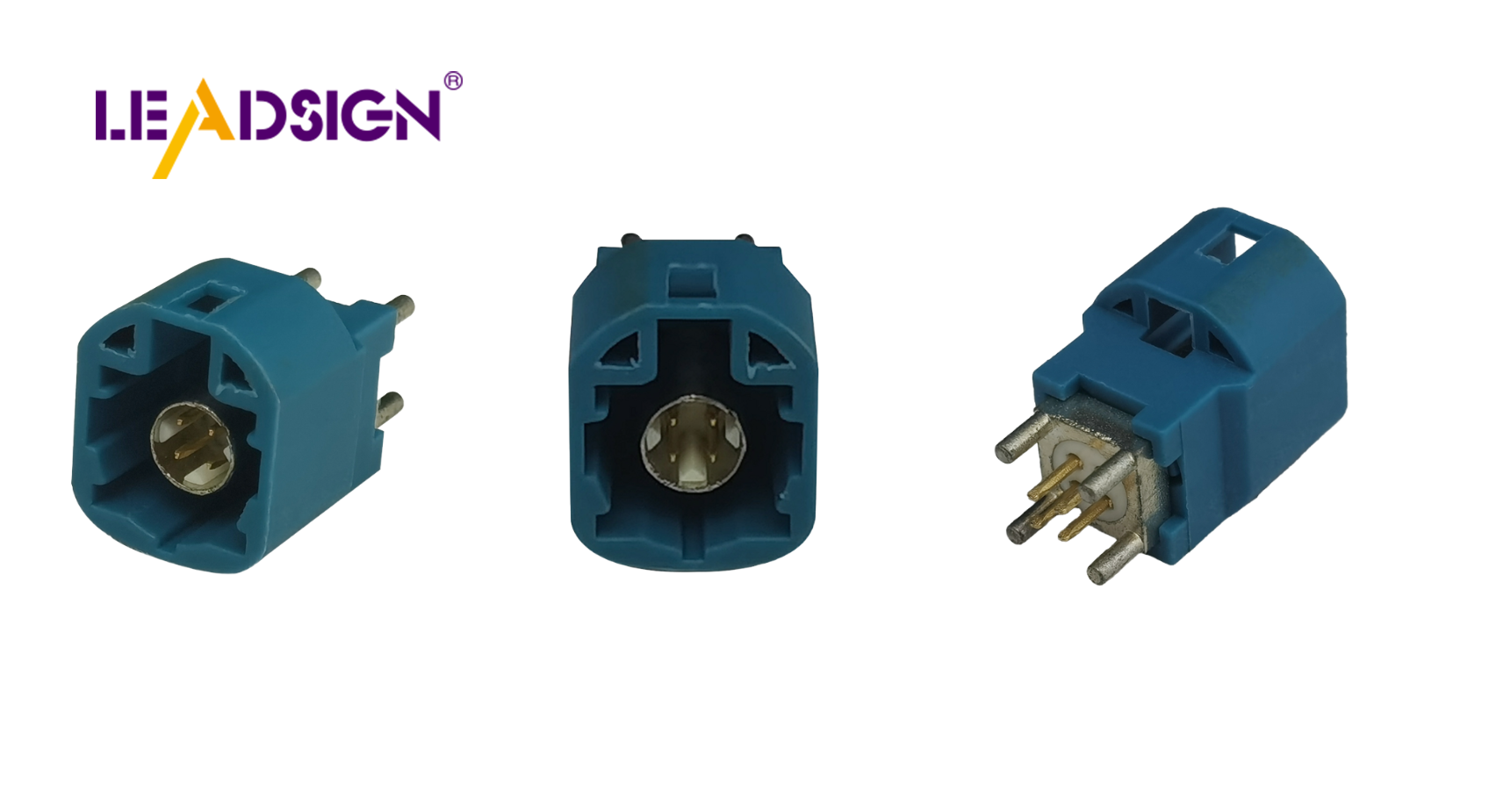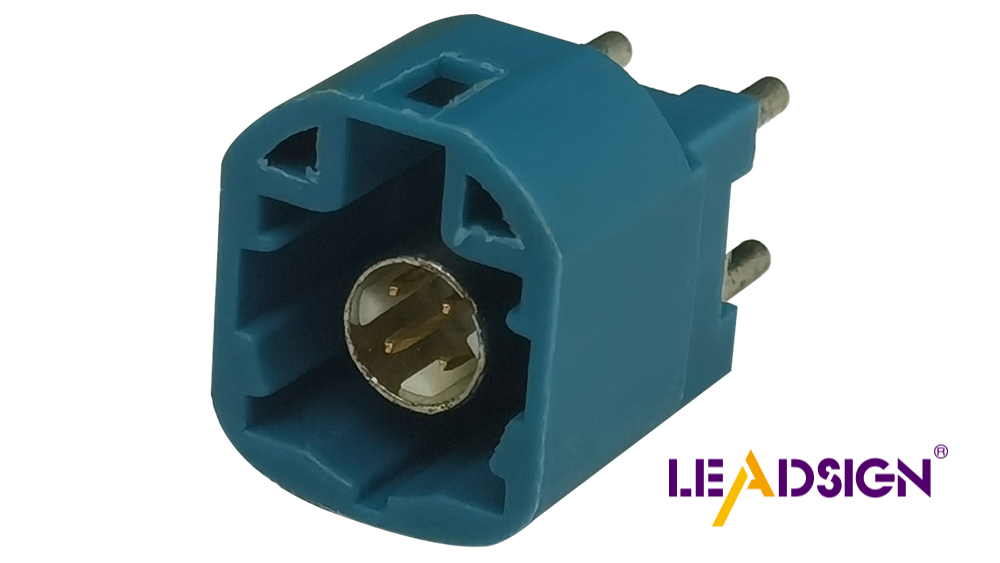Exploring Automotive Wire Connectors Types for Modern Vehicles

Automotive wire connectors types are crucial in today's cars. They facilitate communication and energy flow. As cars become more advanced, we require improved connectors. These connectors enable complex systems to work together, enhancing safety and performance. Over time, automotive wire connectors types have evolved alongside car technology. Ranging from simple to complex, they meet the demands of modern vehicles. Their role is vital for today's automotive technology.
Understanding Automotive Wire Connectors
Basic Ideas
What They Are and Do
Car wire connectors are key to car electrical systems. They link wires so electricity and data can move easily. These connectors help parts like lights, sensors, and radios talk to each other. Without them, cars would not work well.
Why They're Important in Cars
Wire connectors are very important for new cars. They help add new tech like electric power and self-driving features. By keeping energy and info flowing, they make cars safer and better. Special connectors let more things connect, making them a must-have today.
How They've Changed Over Time
How They've Grown
Car wire connectors have changed as car tech got better. At first, simple ones were enough for basic needs. As cars got more complex, the connectors changed too. Now they handle tricky systems, showing how far car tech has come.
New Tech Changes
New tech has really changed wire connectors a lot. Modern ones can send data fast and keep out bad weather. These changes meet the needs of high-tech car systems, making sure they work well. As cars keep changing, these connectors will be key for future tech.
Automotive Wire Connectors Types

Modern cars need different automotive wire connectors types to work well. These connectors help keep electrical systems safe and let car parts talk to each other.
Common Automotive Wire Connectors Types
Blade Connectors
Blade connectors are very common in cars. They have a flat metal piece that fits into a slot, making a strong connection. These are good for places where you need to disconnect quickly. You often find them in fuse boxes where things need fixing or changing often.
Ring Connectors
Ring connectors make a strong bond by going around a bolt or stud. This makes them great for places with lots of shaking. They are used for grounding and battery connections because they stay put and last long.
Specialized Automotive Wire Connectors Types
Weatherproof Connectors
Weatherproof connectors can handle tough weather. They have seals that stop water, dust, and dirt from getting in. These are important for engine areas and outside lights where weather can be bad.
High-Temperature Connectors
High-temperature connectors work well in hot places. They use special materials that don’t break down in heat, like near engines or exhausts. These keep connections safe when it’s really hot, unlike normal ones that might fail.
Understanding different automotive wire connectors types helps us see how they make cars safer and better working. Each type has its own job, helping the whole car system run smoothly.
Installation Techniques
Installing automotive wire connectors types right makes car systems work well. This part shows how to do it safely and correctly.
Best Practices
Tools Needed
To put in wire connectors, you need the right tools. Important tools are:
Wire Strippers: Take off wire covers without harm.
Crimping Tools: Attach connectors tightly to wires.
Heat Gun: Shrinks heat tubes for a snug fit.
Multimeter: Checks if connections have good power flow.
These tools help make sure each connection is strong and works well.
Step-by-Step Guide
Get Wires Ready: Strip half an inch of cover from wires. Make sure they are clean and not broken.
Pick the Right Connector: Choose the best connector type, like blade or ring for usual spots, or weatherproof for outside areas.
Attach the Connector: Put stripped wire in connector. Use crimp tool to squeeze it tight onto the wire.
Seal It Up: For heat shrink connectors, use heat gun till tube seals around connection.
Check Connection: Use multimeter to see if power flows right. This step makes sure everything works fine.
Doing these steps right stops problems later on.
Safety Tips
Avoiding Mistakes
Mistakes can cause bad connections and danger. Common errors are:
Bad Crimping: Loose connections happen if not crimped well.
Wrong Connector Choice: Picking wrong connector can mess up system.
Skipping Tests: Not testing might miss problems that break system later.
Knowing these helps avoid them during work.
Keeping Connections Safe
Strong connections matter, especially in safety parts like airbags and brakes (ABS). Experts say strong connectors keep cars safe by making sure safety parts work well every time.
"Connectors are key in safety systems like airbags and ABS where they must be reliable." - Car Experts
By following these tips, installers make sure car wire connectors work best, keeping cars safe and running smoothly today.
Q&A: Common Problems and Fixes
Common Questions
Fixing Connection Issues
Automotive wire connectors types can have problems that affect cars. Many car makers want strong parts, especially for safety. But issues still happen. Here are some common problems and how to fix them:
Loose Connections: Loose connections cause power issues. To fix, make sure connectors are tight. Use a multimeter to check if power flows.
Corrosion: Moisture can rust connectors. Check for rust often. Clean with contact cleaner and use grease to stop more rust.
Overheating: Overheating comes from high resistance. Look for melting signs. Replace bad connectors and use the right wire size.
Misconnections: Misconnections happen with wrong matches. Always check connector types first. Use color or key codes to avoid mistakes.
Wire Breakage: Wires break from shaking or stress. Check wires for damage and replace if needed. Secure wires to stop movement.
"Good connectors keep cars safe," say experts, stressing regular checks to prevent these problems.
Maintenance Tips
Taking care of automotive wire connectors types keeps them working well longer:
Regular Checks: Look at connectors often for wear or damage.
Cleaning: Use cleaner to remove dirt from connectors for good flow.
Protection: Put grease on connectors in tough spots to block moisture.
Secure Connections: Make sure all connections are tight to avoid failures.
Proper Storage: Keep spare parts dry and clean before using them.
By following these tips, car makers can keep vehicles safe and running well as connector demand grows.
Automotive wire connectors are important in today's cars. They help safety features and infotainment systems work well. Picking the right connectors is key for car safety and efficiency.
"Choosing the right wire connectors helps advanced safety features work smoothly."
Learning about different types and how to install them can improve car performance. Using this knowledge makes cars safer and more reliable.
See Also
Exploring the Significance of Fakra Connectors in Modern Cars
Discovering the Advantages of Fakra Connectors in Vehicles
Understanding the Fundamentals of HSD Connectors in Autos
Enhancing Auto Data Transmission: Advanced Connectors and Wires

